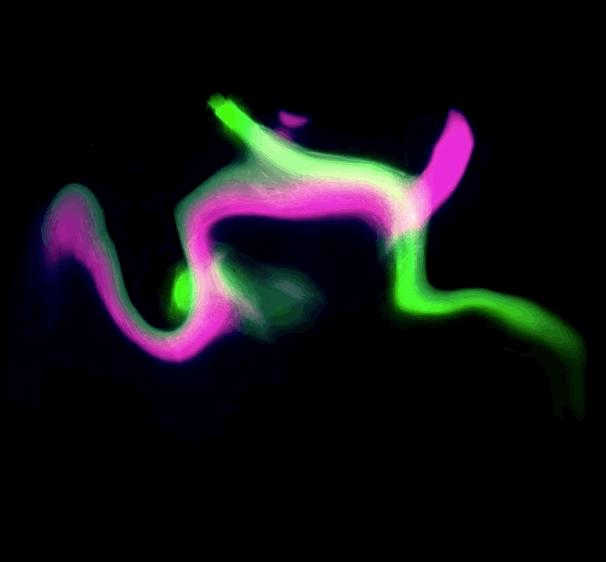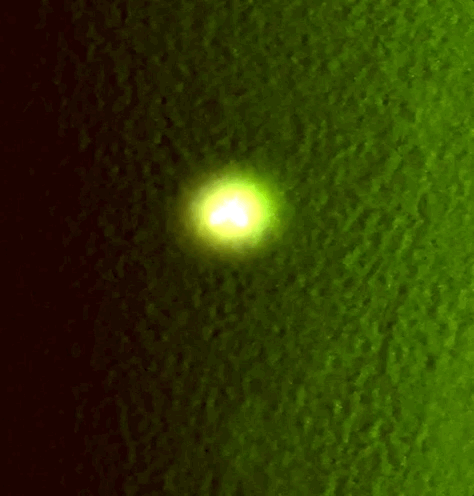PTSD and The Vietnam War: Never Forgotten in our Minds and Hearts
“Couldn’t talk about it, couldn’t explain it; the blood, the guts, the fear. I’d wake up and I could smell it, I could feel it. I’d be sweating.”
The United States has fought several wars, but the Vietnam Era (1964-1975) produced combat veterans with a higher prevalence of PTSD (Post-Traumatic Stress Disorder). Over two million men served in the combat zone out of the nearly 9 million that served during the Vietnam era. Most front-line veterans state that they can never forget their graphic and profound experiences. Nightmares, impulsive reactions, and damaging coping mechanisms are remnants of a war that ended nearly 50 years ago.
“PTSD is a psychiatric condition characterized by a persistent maladaptive reaction to the exposure to severe psychological stress.”
Life-threatening experiences lead to PTSD, which remains decades after an event like war. The NVVRS (National Vietnam Veterans Readjustment Study) estimates that 30% of Vietnam veterans have had PTSD at some point during their life. In addition to ceaseless environmental cues, the persistence of the nervous system doesn’t allow combat veterans to forget. The events become imprinted in soldiers of war.
“I was too scared to be scared.”
This is the epitome of the fight-or-flight response. Amidst a dangerous situation, the heart races and the mind decides how to physically respond- run away or fight the attacker. This Ripcord soldier had a higher sense of action than escape during danger. Unfortunately, this transitory comportment does not permit soldiers’ brains to immediately adjust to the environment upon returning home. One concern is heart disease due to the connection between the involuntary reactions of the brain-body to environmental stimuli.
Hormones in the fight-or-flight response, like the class of neurotransmitters called catecholamines, are increased in people with PTSD. Reminders of traumatic events increase catecholamines and heart rate, so studying their relationship is worthwhile. Uncovering a mechanism of a putative association of PTSD to coronary heart disease (CHD) can make available therapies that combat the onset of disease.
Areas in the brain collaborate with endocrine glands to tell you what to do. It’s referred to as the neuroendocrine system.
Wha Wha What?
Neuro = of the nervous system (neurons)
Endocrine = of the hormone system (glands)
Mood, emotion, and digestion are regulated during stress by the HPA axis.
HPA axis = Hypothalamic–Pituitary–Adrenal axis
While trying to adapt to an environment or situation, the HPA axis is particularly helpful because it is trying to regulate the mind-body connection. However, PTSD is typified by the dysregulation of the HPA axis, so the response to stimuli that are similar to combat abnormally triggers the sympathetic nervous system.
Who?
The Sympathetic Nervous System. It regulates our fight-or-flight response, which is an involuntary action.
Basically, your “gut” promptly tells you to do something in response to a particular situation before you have time to process it logically. If you're on the front-lines in war, then the impact to the nervous system is so intense that those reactions stay with you for a long time after you have removed yourself from that situation. The HPA axis works to reach homeostasis (balance or harmony), but in PTSD, it displays chronic inability to regulate its function. This means that the HPA axis no longer knows how to tell you to relax or respond less discordantly because it is activated to "think" that it is in fight mode. This prolonged stress is detrimental to the body.
Importantly, this system is related to the heart, so constant brain stress due to war also affects the cardiovascular system. A 13-year study on Vietnam War combat veterans found that veterans with PTSD were twice as likely to have coronary heart disease than veterans without PTSD. This study used clinic visits and PET (Positron-Emission Topography) analysis of 281 pairs of male twins to determine that there was no link between persistent agitation of the HPA axis and CHD.
The researchers concluded that the HPA axis is an unlikely mechanism for CHD, but their study is limited to only 43-years-old twins who served- a rare & limited sampling. Monitoring all cases of PTSD and heart disease might reveal a causal relationship. Also, other factors might play a role in developing CHD after suffering from PTSD.
“I drank a lot to keep down the anger and feelings.”
Abuse of addictive substances and unhealthy habits, like smoking and drinking, are higher in veterans who have PTSD. These proclivities are associated to CHD in non-veteran patients that do not have PTSD, so the cause of CHD in veterans might be the triggering factor- continual mental stress. Drug use became common among soldiers during Vietnam. This may have been a natural instinct to combat the stress of the trauma while being away from home while in the face of constant danger.
As veterans strive to recover from war by either preventing or treating PTSD, they must prioritize suitable measures. Aside from clinically favored pharmaceuticals, many methods have been proposed to combat the lasting psychological effects of war, like marijuana, meditation, and physical exercise. The support of family and friends adds to the benefits of any consistently reliable remedy a veteran chooses.
Closure
The traumatic episodes that veterans confronted directly are etched into their psyches, so they don’t have the options of resisting and waiting for the annual Veterans Day tributes. The Vietnam War was complicated and is remembered as one of the most opposed wars in United States history. It was a decade of peace protests, hippies, draft card burning, and a loss of innocence to the Baby Boomer generation. The country was bereaving JFK at war’s onset and countenanced the Presidencies of Johnson, Nixon, and Ford. While we reflect on the political and cultural significance of the Vietnam Era, we are obliged to recognize that combat veterans of this time are not afforded the privilege to forget.
$cientists:
Vaccarino V, et al. Posttraumatic Stress Disorder and Incidence of Coronary Heart Disease: A Twin Study. J Am Coll Cardiol; doi:10.1016/j.jacc.2013.04.085 (2013).
McCarthy J, et al. Inside: The Vietnam War The National Geographic Channel USA (2008)
SCIENTIST T-SHIRT
PAYING HOMAGE TO THE O$ - BARBARA KRUGER












